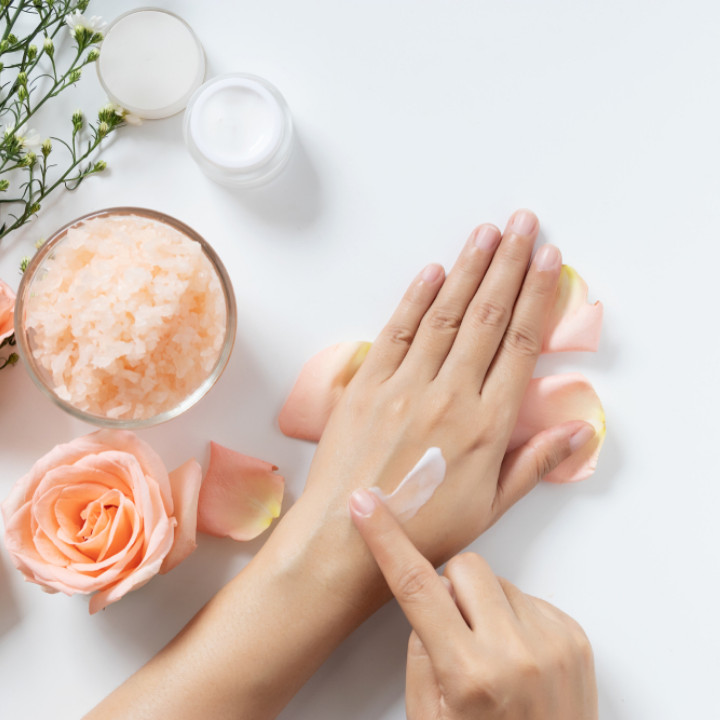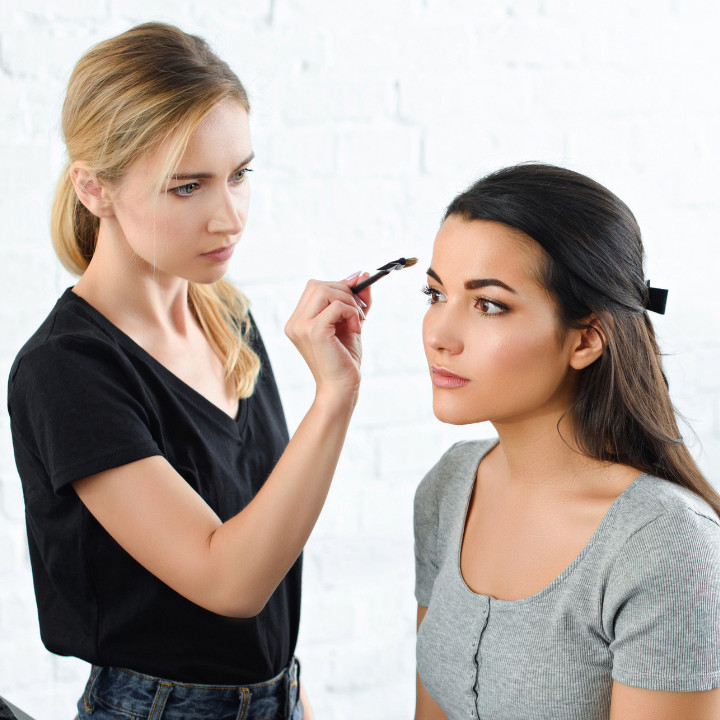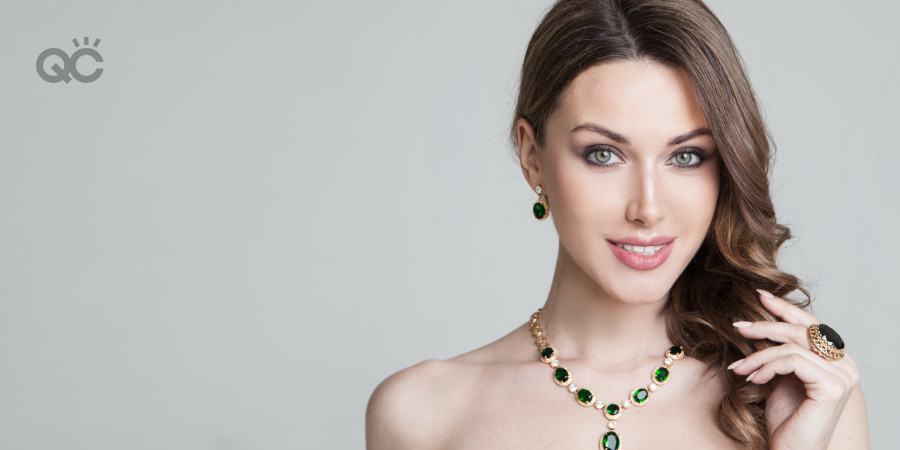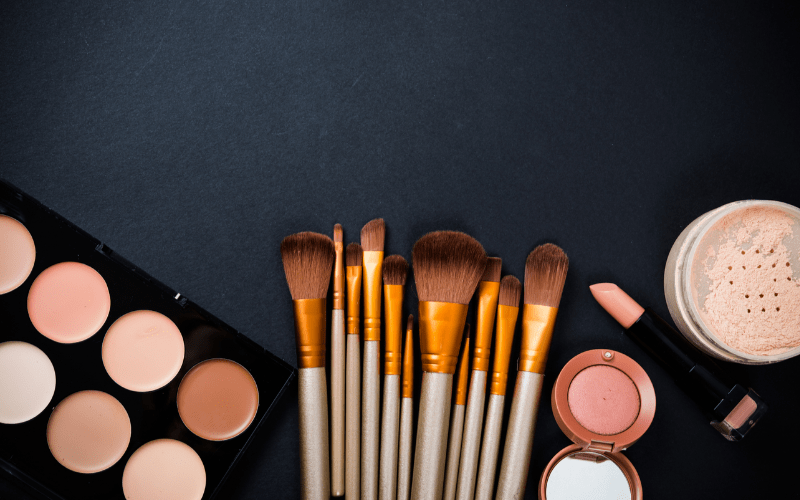
What are your resolutions for 2019? If it’s to increase your clientele and grow your business, then you’ll want to make sure you’re not committing any deadly offenses as a makeup artist.
Below are some common makeup hygiene sins, plus some easy ways for you to break these habits!
Keep reading!
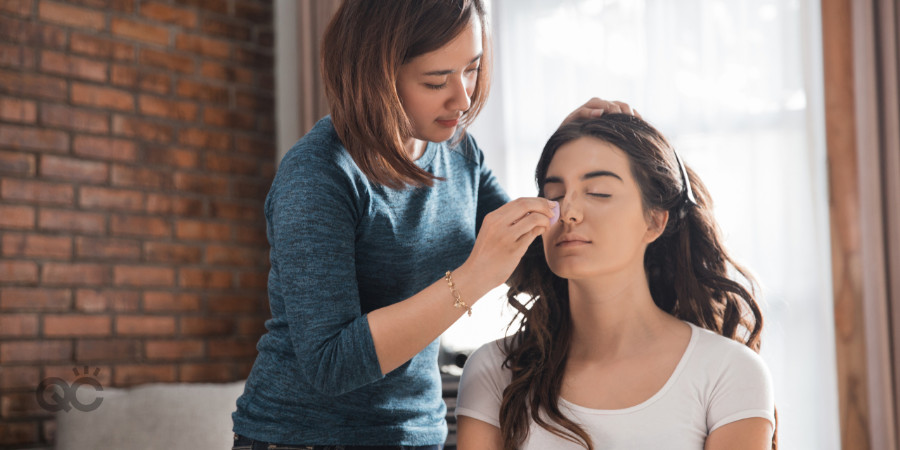
1. Never Reuse a Disposable Product
Powder puffs, mascara wands, cosmetic wedges, lip gloss wands, and all other disposables are one-time use only. You can, however, use these products several times in the same sitting. But only on the same client, and only if you are refilling them with product in a hygienic manner (see Deadly Offense #2).
The only disposable item that can never be refilled is the mascara spoolie. Once you use it on your client’s eye, it can never go back in the tube. So get enough the first time or toss it and grab another.
2. Never Double Dip in Creams or Liquids
Cream and liquid products can harbor bacteria and become breeding grounds for infections if you do not follow sanitary practices. All cream and liquid products must be removed from their containers and put on a sanitized palette. You should never take it directly from the tube or canister with a brush or sponge.
The biggest offenders in this category usually happen with mascara and gel liners. Because these are products that are used on and around the eye, you have to be particularly careful. As great as that mascara wand may be, you can only use a disposable and it can only be dipped in once!
3. Always Sharpen Your Pencils
Because the makeup pencils used around the eyes and lips have a wax- (or similar) base, they should be treated as liquid and cream products. A pencil does not have to be a one-time use product if it is sanitized correctly. You should sharpen the pencil immediately before and after using it on each client, and also wipe the tip with an alcohol wipe. The tip filled with any bacteria or viruses will be shaved off and disposed of, and the wipe will take care of any missed spots leftover. This cleaning habit will give your pencils a long life and keep your clients safe.
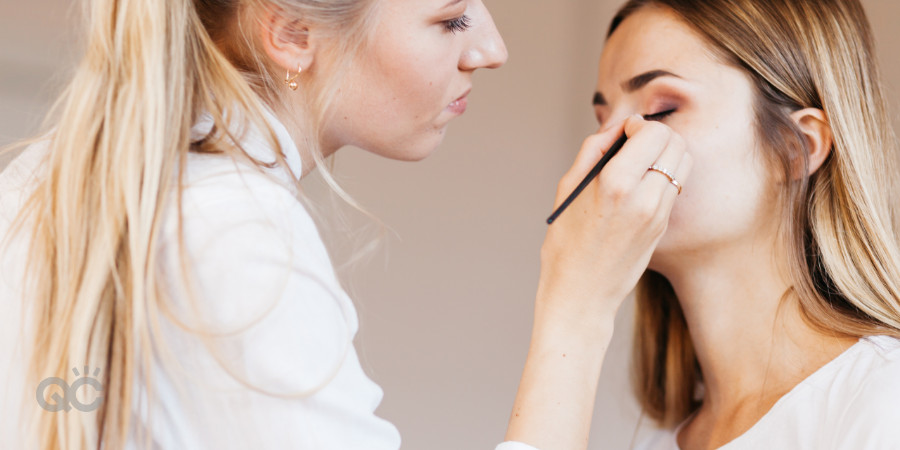
4. Never Lick a Q-tip or Cotton Bud
A damp cotton bud is one of the best ways to clean up an imprecise lip or adjust a mascara/ eyeliner flub. But definitely, don’t stick it in your mouth! Keeping a little spray bottle of water nearby will be hygienic and keep your client from throwing up.
5. Never Blow On Makeup Brushes
This is a shockingly common practice and one that must come to a stop. Blowing on a brush will remove excess product, but it will also blow a mouthful of bacteria and germs into the brush you are about to use on your client’s face. The professional way to remove extra powder is to either tap the bottom of the ferrule onto a table or on the edge of your hand.
6. Never Blow on a Client’s Face
This is the worst possible variation of Deadly Offense #5. And it is horrid for all the same and MORE reasons. If you have an excess product on a client, use a tissue, a clean fluffy brush, a powder puff, or even a sanitized finger to brush it away.
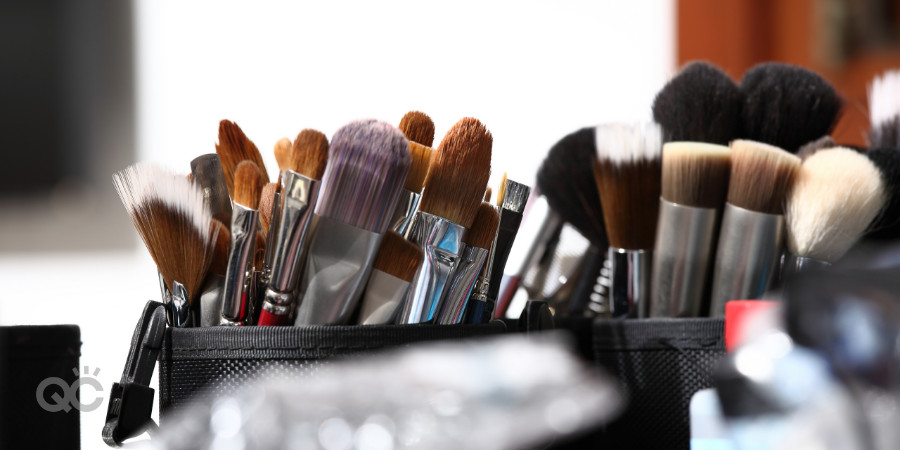
7. Always Throw Away Outdated Products
Outdated products do not work as effectively as fresh products and worse, they can be breeding grounds for bacteria and viruses. Toss them.
8. Always Clean Your Brushes
If a brush touches a client, it must be properly sanitized before it can come into contact with anyone else. Oils from the skin can harbor dirt and bacteria that are harmless to the person they are on, but they can cause breakouts to someone else. When you finish with one client, thoroughly sanitize the brush before using it again. The same rule applies if the brush falls on the floor.
And, it should go without saying, but ALWAYS wash your hands and use hand sanitizer.
If you’re guilty of any of the above offenses, have no fear. It’s never too late to make positive changes when it comes to health and safety. When it comes to being a professional, we are only as good as our habits.

